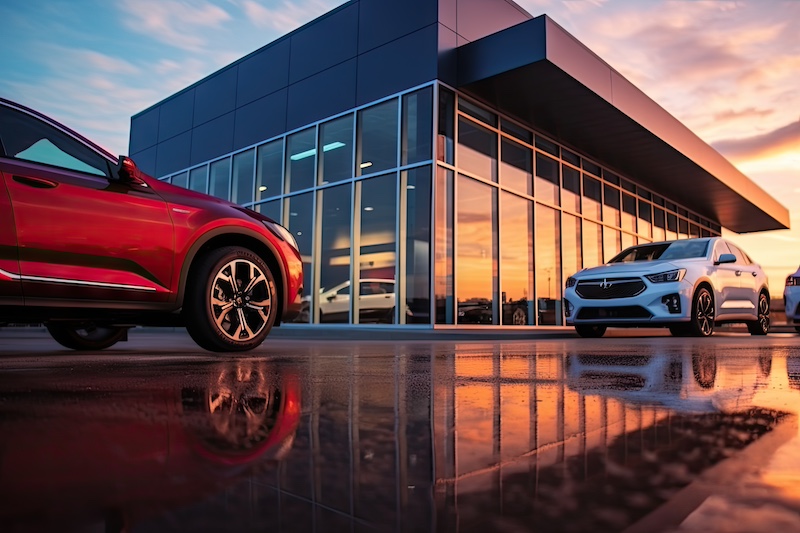The COVID-19 pandemic caused one of the most significant disruptions to the global automotive supply chain in modern history. While the immediate effects—factory shutdowns, raw material shortages, and shipping delays—were widely reported, an ongoing consequence has been a major gap in the supply of used vehicles.
This void has been particularly evident in rental and lease car cycles, where a pause in acquisitions during the pandemic has left dealerships struggling to source high-quality used vehicles.
Now, even years later, the vehicles that should have entered the used market simply don’t exist, leading to inflated prices, increased competition for stock, and operational challenges for dealerships.
A Supply Chain Broken by COVID-19
Car rental companies operate on a three- to four-year cycle, purchasing large volumes of new vehicles and selling older models at auction or directly to dealers. These ex-rental vehicles traditionally play a crucial role in the used car market, providing low-mileage, well-maintained stock at competitive prices.
However, the pandemic brought rental purchases to a halt. With travel restrictions in place and consumer demand plummeting, rental companies stopped acquiring new vehicles in 2020 and 2021. This disruption meant that, years later, there were far fewer ex-rental vehicles reaching the used market—creating a supply gap that cannot be easily replaced.

A similar issue has played out in the lease market. Before the pandemic, consumers would lease vehicles for two to four years, returning them to the dealer, where they would be sold as used cars or fed back into dealership inventory.
However, during COVID-19, consumer uncertainty drove a sharp decline in new lease agreements. Many individuals delayed major financial commitments, while businesses reduced fleet purchases. As a result, the flow of lease returns into the used car market stalled, exacerbating the shortage of high-quality used vehicles. With fewer lease returns, dealerships that previously relied on a steady stream of well-maintained, relatively new used cars are now facing a persistent shortfall—one that will take years to correct.
The Consequences of Supply Chain Void
The rental and lease vehicle shortages have created a ripple effect across the automotive market, with consequences that continue to be felt today:
- Rising used car prices – Fewer vehicles mean higher competition for stock, driving up prices.
- Dealers struggling to acquire inventory – Many dealerships are turning to private sellers and alternative sources to maintain stock levels.
- Extended vehicle lifecycles – With fewer replacement options, both rental companies and private owners are holding onto vehicles longer.
- Delayed market recovery – Even though new car production has resumed, the lack of used cars from 2020–2022 continues to impact availability today.
What Can Dealerships Do?
While the used car market will eventually recover, dealerships need to adapt their strategies to navigate the ongoing shortages effectively. Key approaches include:
- Expanding sourcing channels – Dealers are increasingly turning to private sellers and trade-in incentives to secure used stock.
- Adjusting pricing strategies – With supply constraints persisting, pricing models must reflect both demand and affordability for buyers.
- Enhancing reconditioning efforts – With fewer used cars available, investing in high-quality refurbishments can help maximize the value of available stock.
- Reevaluating lease and rental partnerships – Dealers working closely with rental and lease companies may need to explore alternative agreements to mitigate future supply gaps.
A Market Shaped by the Pandemic
COVID-19 didn’t just disrupt supply chains temporarily—it created a missing generation of used vehicles that dealerships are still grappling with today. As the industry continues to recover, supply chain resilience and smarter acquisition strategies will be critical to navigating the evolving automotive landscape.
While the long-term outlook remains positive, dealerships that adapt to the realities of a disrupted supply chain will be best positioned for sustained success in the years to come.








